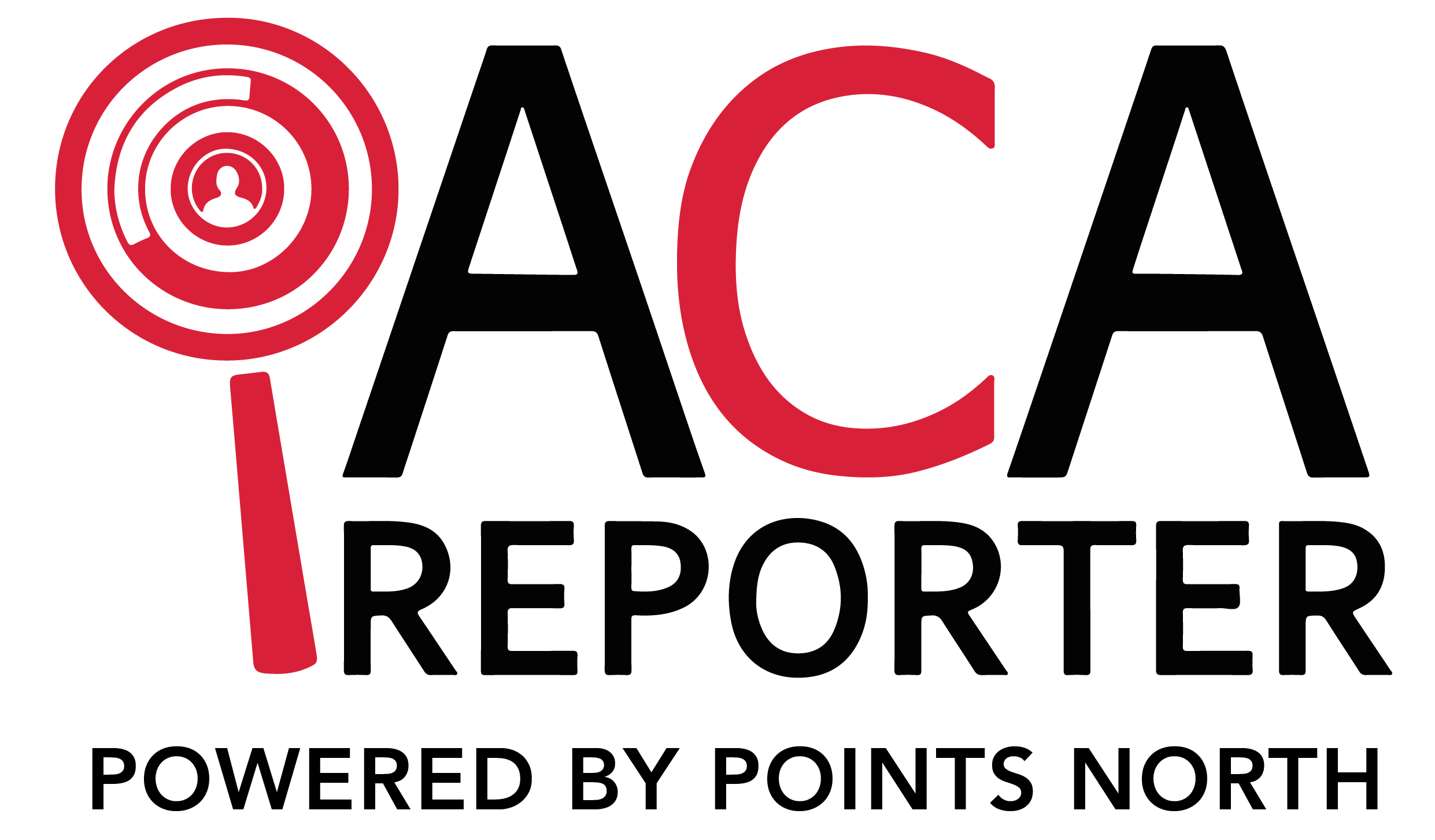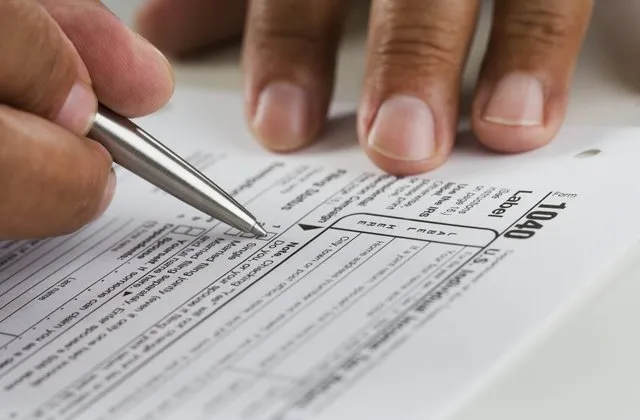The Treasury Inspector General for Tax Administration (TIGTA) recently shared a redacted report that shows that in the years 2015 and 2016, there was a wide gap between ACA Shared Responsibility Payments and the actual amount after the assessments were challenged. It was also estimated that longer term revenue earned from these payments will be less than what the congress estimated.
The report also identified areas where IRS procedural inaccuracies and misinformation in terms of reporting from the employer were responsible for the erroneous initial estimate. With reference to this report, here are a few steps that employers can take to avoid Shared Responsibility Payment.
Comply with the ACA Shared Responsibility Mandate
If you don’t want to receive inquiry letters from the IRS, then ACA Shared Responsibility Mandate should be complied with. This requirement, also known as ‘Pay or Play’ rule, means that if you have 50 or more full-time employees working for you within a calendar year, they should be offered essential health coverage. The coverage should also cover the employees’ dependents.
There are a number of factors that determine employee status as a part-time or full-time employee. There are also value requirements that should be fulfilled when the offer is made. When an employer is ensuring compliance with the Shared Responsibility Mandate, they should ideally work with the benefits counsel so that nothing is missed and they can be guided better.
Careful reporting while filing forms
Form 1094-C and 1095-C is supposed to be filed annually by Applicable Large Employers with the required details of the coverage being provided to the full-time employees. The potential shared responsibility payment will be deduced based on the details shared by you in the form and so will the inquiry letters. If you want to ensure that you don’t receive the inquiry letter, the forms should have timely, accurate, and complete information. As per the TIGTA report, most changes that are made to the initially proposed share responsibility payment are because of mistakes made by the employers in reporting information.
Careful scrutiny of Shared Responsibility Payment Notice
In the initial IRS inquiry letter, the employer is notified that they are liable to make the proposed shared payment. This letter will include a form that the employer needs to fill and send back with the payment or if the assessment is inaccurate, the detailed response stating the same. The employer is supposed to respond within 30 days after receiving the letter but there may be some concessions for employers who need more time.
If you do receive an inquiry letter asking for shared responsibility payment from you, go through it carefully and get help from legal counsel before proceeding with a plan of action. According to TIGTA’s report from 2015 and 2026, the IRS inquiry letters were reduced following responses from employers. There can be a miscalculation in assessments and the only way to go about it is to check it carefully and compare it with the information you provided in the reporting forms initially. The response should be made timely and with an accurate explanation of why the assessment is incorrect.
Many companies rely on ACAreporter for their reporting needs. If you need any assistance in ACA reporting. Contact us!





